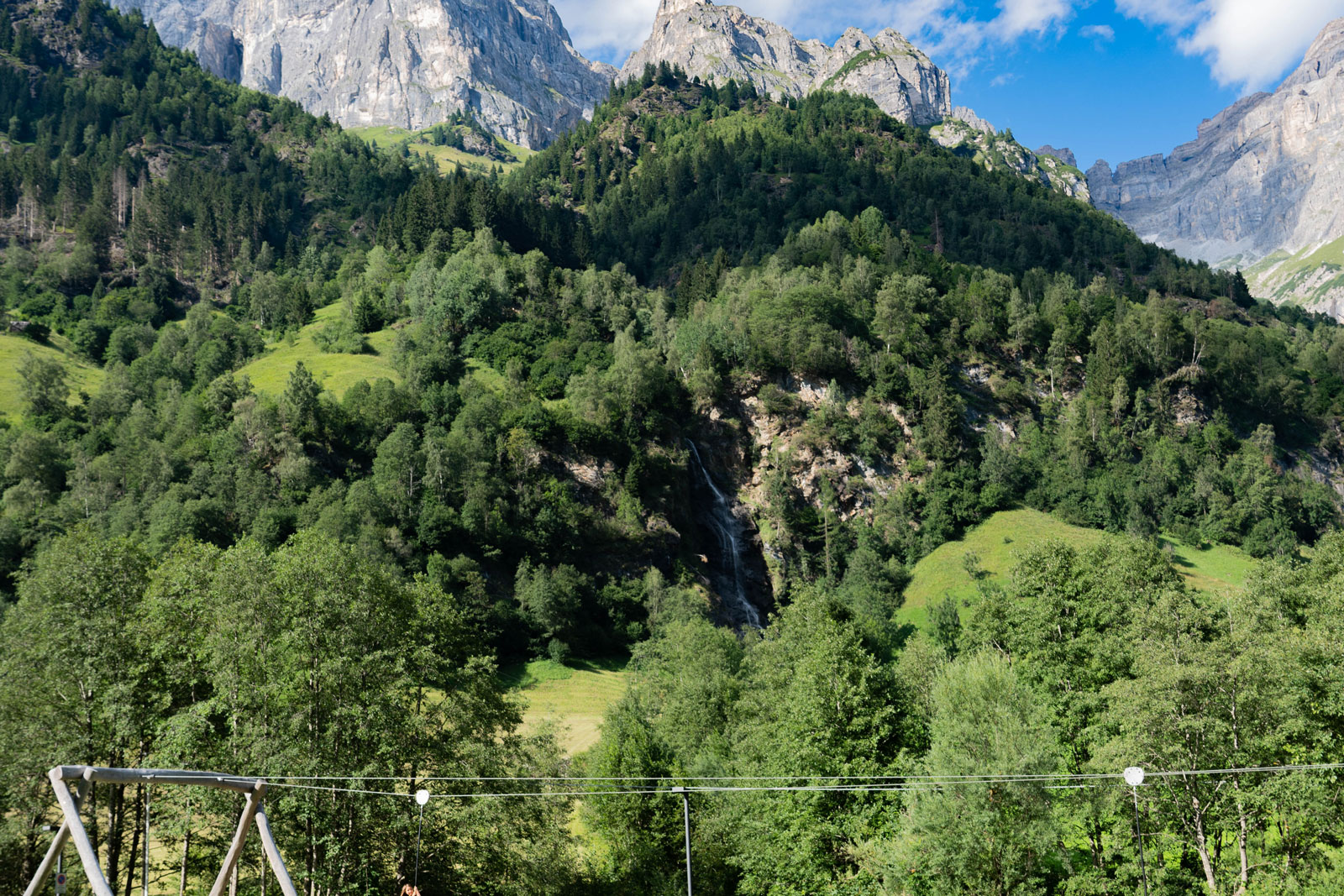Spain
Spain is a country known for its vibrant culture, rich history, and diverse landscapes. From the bustling streets of Madrid and the architectural marvels of Barcelona to the historic Alhambra in Granada and the sun-soaked beaches of the Costa del Sol, Spain offers a wide array of experiences. Expect to indulge in delicious cuisine, explore lively festivals, and enjoy a warm Mediterranean climate. Spain’s unique blend of tradition and modernity, along with its welcoming atmosphere, makes it a captivating destination for travelers.
How to Get There
From the US, you can fly direct to major Spanish cities such as Madrid (MAD), Barcelona (BCN), and Málaga (AGP) on airlines like Iberia, Delta, and American Airlines from hubs such as New York (JFK), Miami (MIA), and Los Angeles (LAX).
Currency: The local currency of Spain is the Euro (EUR). The US dollar is not widely accepted, so it’s best to use local currency. 1 US dollar is approximately equivalent to 0.94 EUR.
Language: Spanish (Castilian) is the official language of Spain. English is commonly spoken in tourist areas and major cities, but knowing a few basic Spanish phrases can be helpful.
Credit Cards & ATMs: Credit cards are widely accepted at hotels, restaurants, and shops. It’s advisable to carry some cash for smaller purchases. ATMs are readily available throughout the country.
Plugs: The standard voltage is 230 V, and the frequency is 50 Hz. Spain uses Type C and F plugs, so bring a universal adapter if needed.
Safety: Spain is generally very safe for tourists, with a low crime rate. As with any destination, it’s wise to stay aware of your surroundings and keep an eye on your belongings.
Best Time to Visit
Spain is a year-round destination, but the best time to visit is from April to June and September to October when the weather is pleasant and the tourist crowds are fewer. Summer can be hot, especially in inland areas, while winter is ideal for skiing in the Pyrenees and enjoying winter festivities.
Things to See and Do in Spain
Related Articles
November 20, 2020







